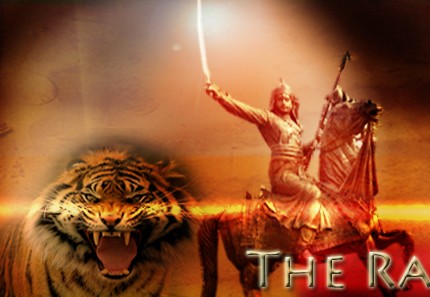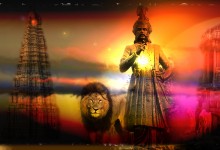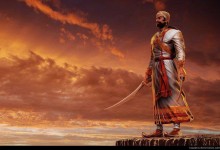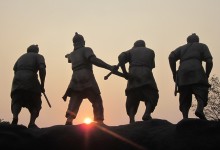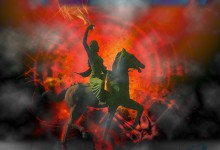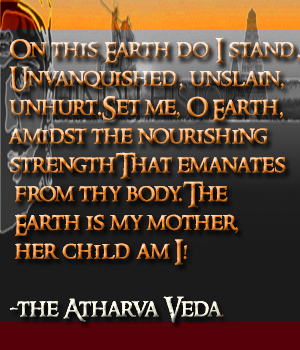Posts Tagged ‘muslims’

Puli Thevar : The Ultimate Rebel Warrior
Long before Mangal Pandey who ignited the revolt of 1857, there was another Hindu , born in the land of the Raja Raja Cholan, who was the scourge of the enemies of Dharma. His name was Puli Thevar. The name Puli in Tamil means ...
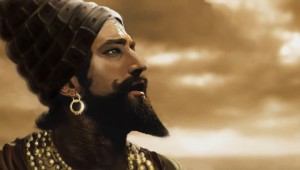
The Epic 27 Year War That Saved Hinduism
”Shivaji was the greatest Hindu king that India had produced within the last thousand years; one who was the very incarnation of lord Siva, about whom prophecies were given out long before he was born; and his advent was ...
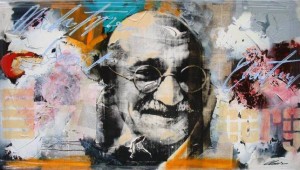
Learning from Mahatma Gandhi’s mistakes
Mahatma Gandhi is often praised as the man who defeated British imperialism with non-violent agitation. It is still a delicate and unfashionable thing to discuss his mistakes and failures, a criticism hitherto mostly confined t...
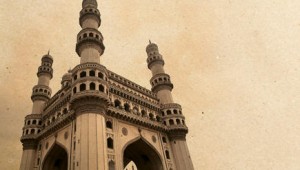
Akbaruddin Owaisi’s : 15 minutes of Fame hiding Historical Shame
Amidst the recent furore over the comments made by Akbarudddin Owaisi in Hyderabad it once again brought to the fore the residual prejudice and hatred lingering under the surface of otherwise educated and modern people. His boa...

